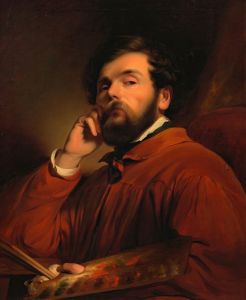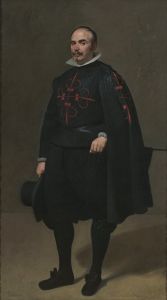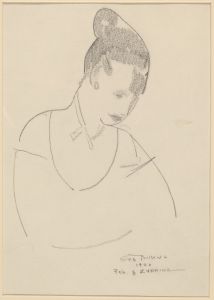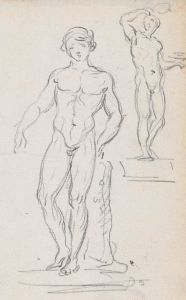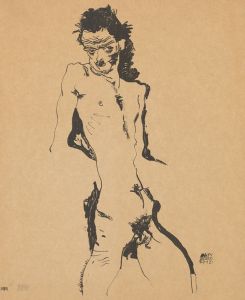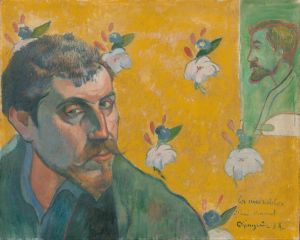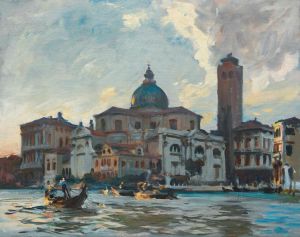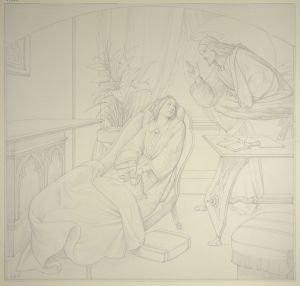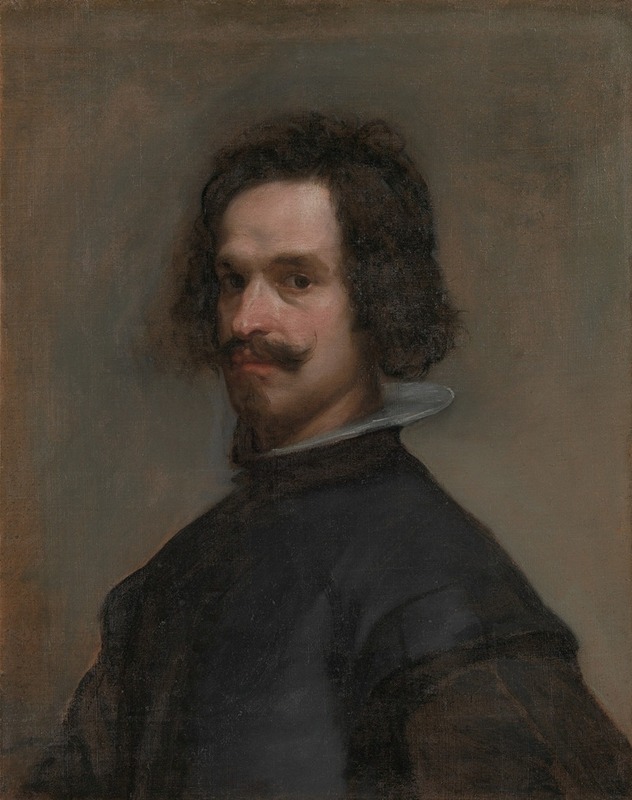
Portrait of a Man, Possibly a Self-Portrait
A hand-painted replica of Diego Velázquez’s masterpiece Portrait of a Man, Possibly a Self-Portrait, meticulously crafted by professional artists to capture the true essence of the original. Each piece is created with museum-quality canvas and rare mineral pigments, carefully painted by experienced artists with delicate brushstrokes and rich, layered colors to perfectly recreate the texture of the original artwork. Unlike machine-printed reproductions, this hand-painted version brings the painting to life, infused with the artist’s emotions and skill in every stroke. Whether for personal collection or home decoration, it instantly elevates the artistic atmosphere of any space.
Portrait of a Man, Possibly a Self-Portrait is an oil painting attributed to the Spanish Baroque master Diego Velázquez. The work is believed to have been created around 1630 and is currently housed in the Metropolitan Museum of Art in New York City. The painting depicts a man with a direct and introspective gaze, set against a dark, neutral background. The sitter is dressed in simple, dark clothing, which emphasizes the face and expression, hallmarks of Velázquez's portraiture style.
The identity of the sitter remains uncertain, and the title of the painting reflects this ambiguity. Some scholars have suggested that it might be a self-portrait of Velázquez, given the introspective nature of the work and certain facial features that resemble known depictions of the artist. However, there is no definitive evidence to confirm this theory, and the painting's title remains speculative.
The composition of the portrait is characteristic of Velázquez's mature style, marked by his mastery of realism and subtle use of light and shadow. The brushwork is both precise and economical, capturing the textures of the sitter's skin and hair with remarkable naturalism. The dark background and the absence of extraneous details draw attention to the sitter's face, creating a sense of immediacy and intimacy.
The painting entered the collection of the Metropolitan Museum of Art in 1949 as part of the Jules Bache Collection. Its attribution to Velázquez has been widely accepted, though, as with many works from this period, some debate exists among art historians regarding its authorship. The painting is often studied in the context of Velázquez's broader oeuvre, particularly his portraits, which are celebrated for their psychological depth and technical brilliance.
This work is an example of Velázquez's ability to convey the individuality and humanity of his subjects, whether they were members of the Spanish court or anonymous figures. Despite the uncertainties surrounding the sitter's identity, the painting remains a significant example of Velázquez's skill as a portraitist and his influence on the development of Western art.





